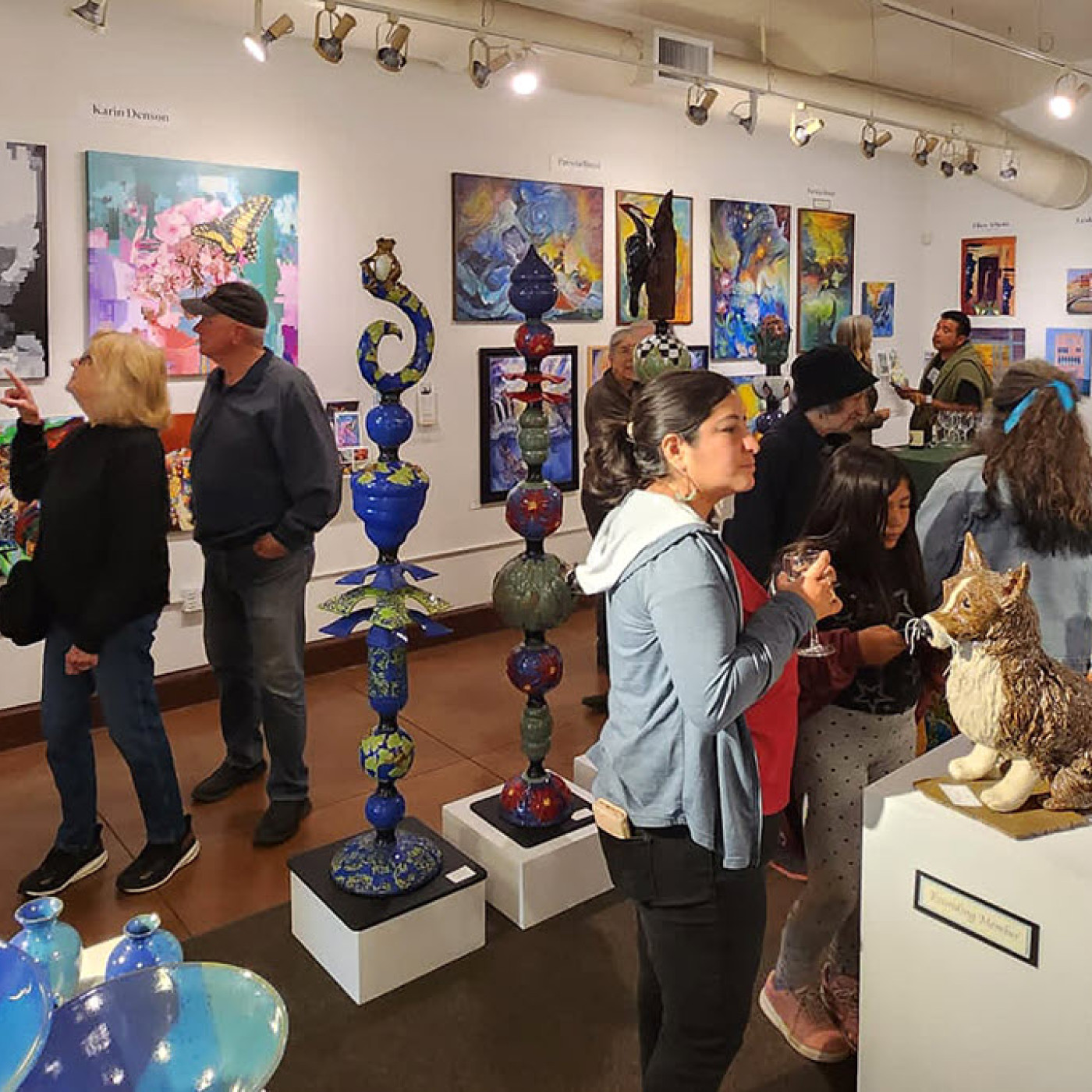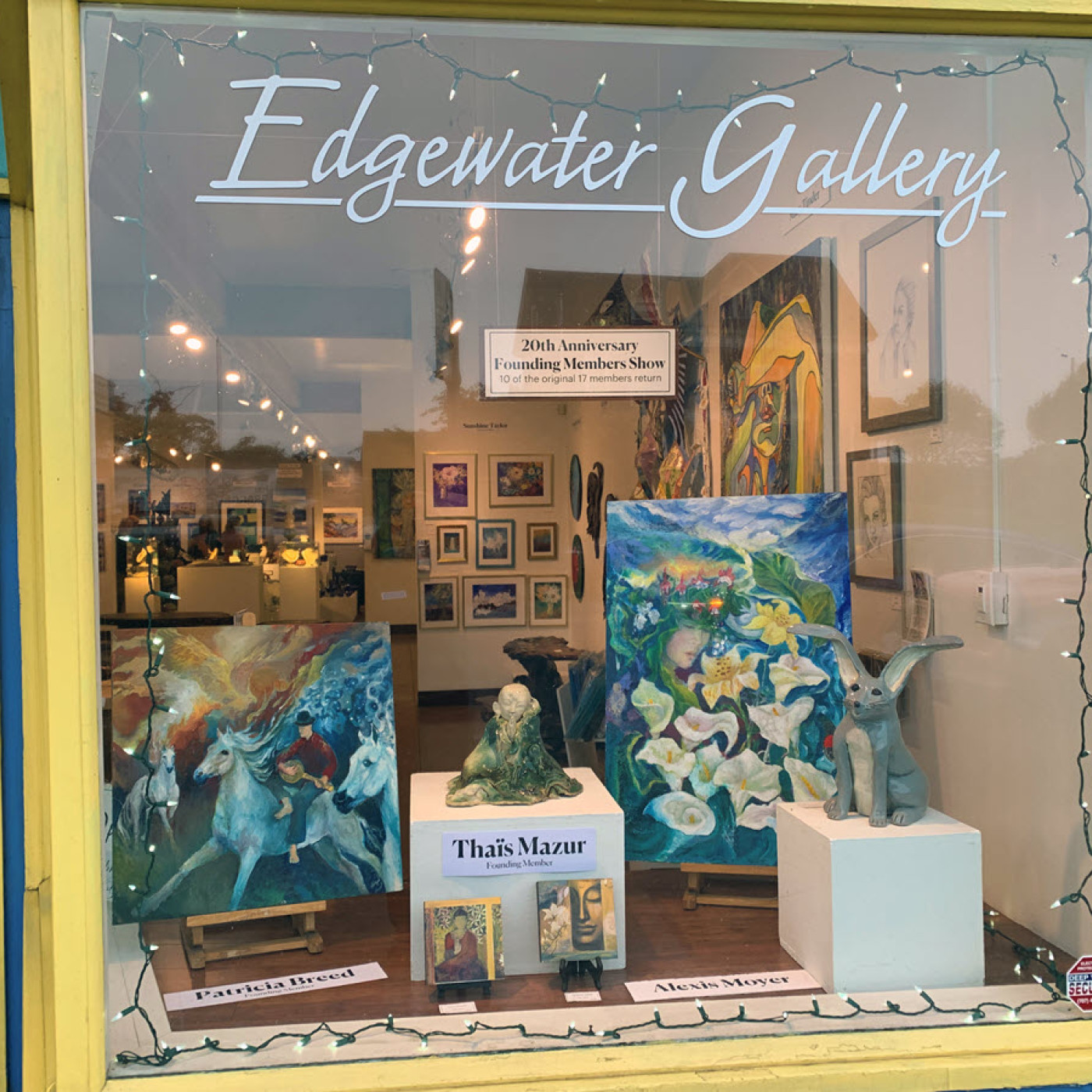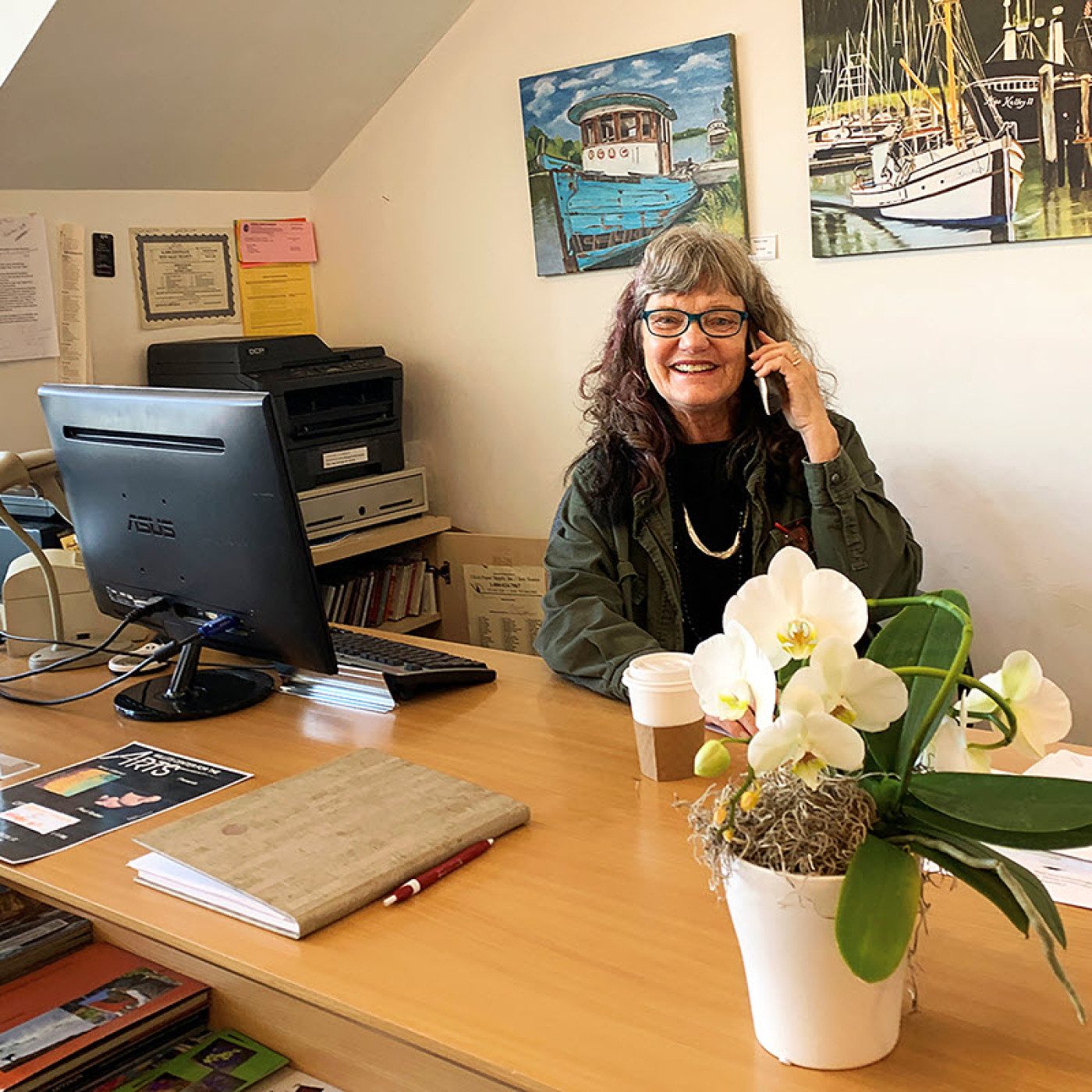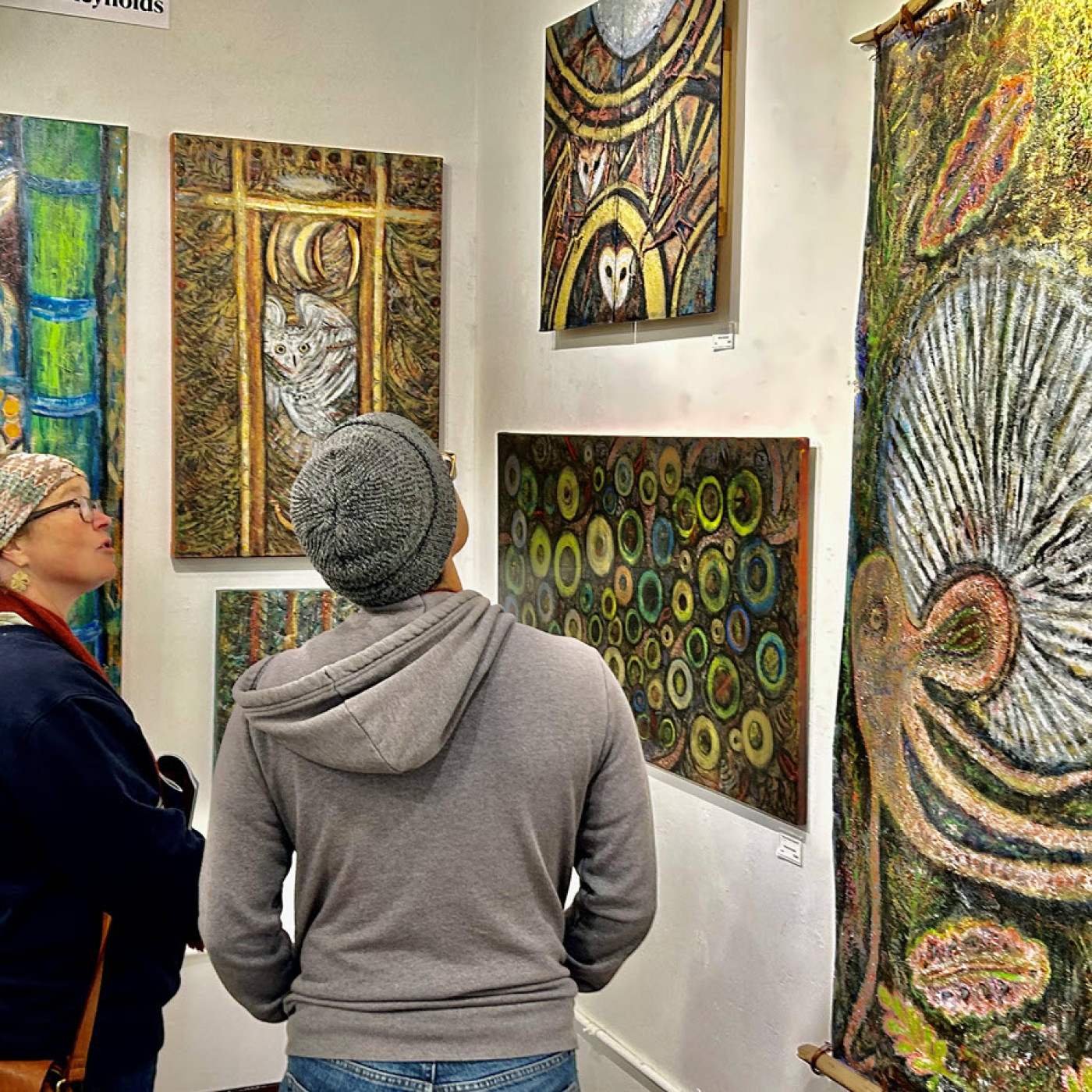Is An Artist Collective Right For You? Discover the Benefits of One


As an artist, do you find yourself at that crossroads of wanting to have your work in a gallery but not wanting to give away control of how it’s shown, or the large commission taken by traditional galleries?
Are you wondering if packing up and heading out to another art fair is the best use of your time and money? If so, maybe it’s time to consider another option — an artist collective gallery.
An artist collective, or co-op gallery, is an artist-owned and -operated gallery. The artists work collectively as a team, sharing the overhead costs, business tasks, and sales staffing of running the gallery.
When a new artist joins the gallery, that artist becomes an equal business partner with the other gallery members.
Here are some benefits of an artist collective to help you decide if it’s right for you:
- Artists have full control over what work they show and how it is displayed/presented. You can change your body of work as your work grows and changes without getting pigeonholed into something that sells but you’re ready to move on from.
- The workload of being on the sales floor is shared, so the gallery is open every day (or as many days as agreed upon), but each artist only works a few days per month. Artists still have most days for personal studio time.
- The workload of running the business end of the operation is shared. Tasks are divided among the members, so instead of having to wear all the hats needed to run a gallery, each artist is only responsible for their smaller portion of the work.
- The costs of having a retail space — rent, insurance, utilities, advertising, etc. — are shared among all the members, making it much more affordable than renting a retail space on one's own.
- Showing with a group of artists broadens the exposure everyone has to new customers and collectors, because each artist shares their existing customer base.
- Having control over your sales lets you build your own mailing list of clients and collectors instead of having them belong to a third-party gallery and not to you.
- The camaraderie of working with other artists to create a custom space for your work is enjoyable and builds new friendships.



I am a ceramic artist and member of an artist’s collective, Edgewater Gallery in Fort Bragg, California, which I helped found 20 years ago.
Through my years of being a gallery member, I’ve been able to steadily build my personal collector base and mailing list, something denied to artists by most traditional galleries.
The gallery also directs customers who are interested in my work to my studio, so they can meet me and see my work in progress. My studio and website are not considered competition to the gallery — rather they all support each other.
I’ve found that collectors enjoy getting to know the artists whose work they collect, so meeting and staying in touch is a win-win for artists and collectors. And it’s a lot of fun.
Through the years, I have formed deep friendships with my collectors, which have led to many repeat sales and special commissions. They have supported me and cheered me on with my work. They celebrate my successes right along with me. I don’t think I would have formed those relationships if I were in a traditional retail gallery.
So, as you think about where and how to share your art with the world, you might consider an art collective near you. When you find one that fits with the type of work you create, you’ll be right at home.
Or if the perfect fit isn’t already there, you can gather a group of artists and start a collective like we did at Edgewater Gallery.
